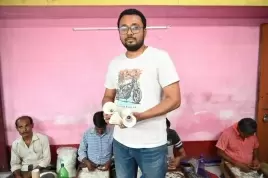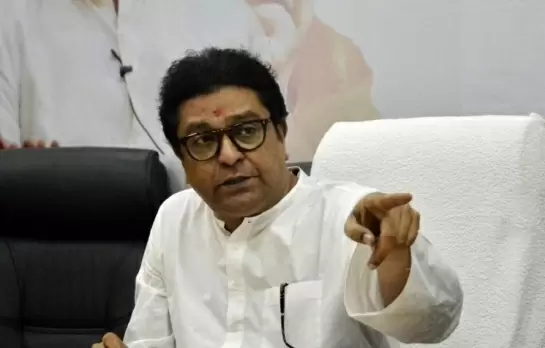Light-weight but sturdy, paper bricks have a plethora of uses in construction

13-July-2012
Vol 3 | Issue 28
We have heard of recycling of old newspapers and papers but do you know that the recycling process itself generates more waste? And these waste, thousands of tonnes of them, lie heaped around the factories, where the paper is recycled.
They are not only an eyesore, but also occupy huge tracts of land. It is a problem that cries for a solution.
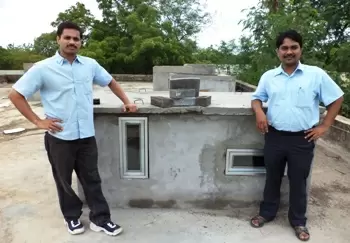 |
|
Sachin (right) and Rahul are working on a technology that can benefit a whole lot of people
|
So, what do you do with this waste? Sachin Mandavgane and Rahul Ralegaonkar , both Associate Professors at VNIT (Visvesvaraya National Institute of Technology), Nagpur, pondered over this question.
A quick study revealed that out of 1 kg waste paper only 850 g gets recycled and the balance 150 g ends up in landfills. The recycled paper mill waste (RPMW) waste was found to be lightweight but very hard.
Further research on the material led to the making of energy absorbing light weight bricks, which has the potential to emerge as an alternative to the conventional bricks used in the construction industry.
What’s more, the paper bricks cost fifty percent less than the conventional bricks, according to the researchers working on the project.
“Each brick is made of 90 percent RPMW and 10 percent cement,” says Sachin, a chemical engineer by qualification, and one of the two professors involved in developing the paper bricks. As the bricks have tiny air pockets inside, it makes them lightweight, he says.
These bricks also provide good thermal insulation and were found to be shock absorbing material. The Department of Science & Technology, Government of India, is funding the research.
The paper bricks are being put to different use for testing and the results have been encouraging. They have been used as false ceilings and also as partition walls for thermal insulation and sound proofing.
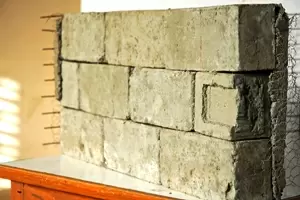 |
A room built using paper bricks stands intact on the terrace of VNIT even after a year. It is felt that these bricks, being lightweight, can be used for building small houses in earthquake prone regions. VNIT has already filed a patent for the technology.
“These bricks could be used to construct low cost houses in the rural sector if they are tested successfully for their sustainability,” says B D Kulkarni, a scientist at National Chemical Laboratory, Pune.
Kulkarni, mentor for the VNIT professors, is satisfied by the positive response in international journals about these eco-friendly bricks and he feels things are moving in the right track.
During the course of research, they have found that other industrial and agro-waste like textile effluent treatment plant sludge, industrial waste water treatment plant waste, cotton waste, fly ash, rice husk ash, bagasse ash etc. could also be used as raw-materials for making similar bricks.
“We found that RPMW bricks had a tendency to absorb water. But we introduced a technique to fix this issue,” says Rahul Ralegaonkar, the other researcher working on the paper bricks.
“The technology has good potential but as of now we are in research stage. We are conducting different tests to find the feasibility of these RPMW bricks to withstand environmental factors,” says V A Mhaisalkar, HoD, Civil Engineering Department, VNIT.
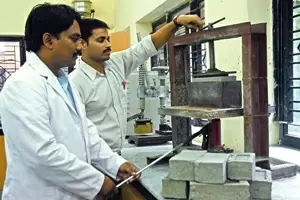 |
Mhaisalkar feels the technology could be useful for energy conservation. He along with former VNIT Director S S Gokhale had started the Forum for Promotion of Green Buildings in December 2011.
In India the annual production capacity of recycling paper industry is 2.345 million tons and 15 percent of the volume is generated as waste. Most cities have recycling paper mills in their vicinity.
Given this easy availability of raw material for the paper bricks, and the carbon credits that could be earned by using them – they have low carbon footprint – the technology appears to be a winner.
It may also create more employment opportunities. VNIT is creating machines that can be handled by unskilled workers to make these bricks.
The technology holds a lot of promise. It appears that paper bricks can play a part in the emerging green buildings movement in India.





